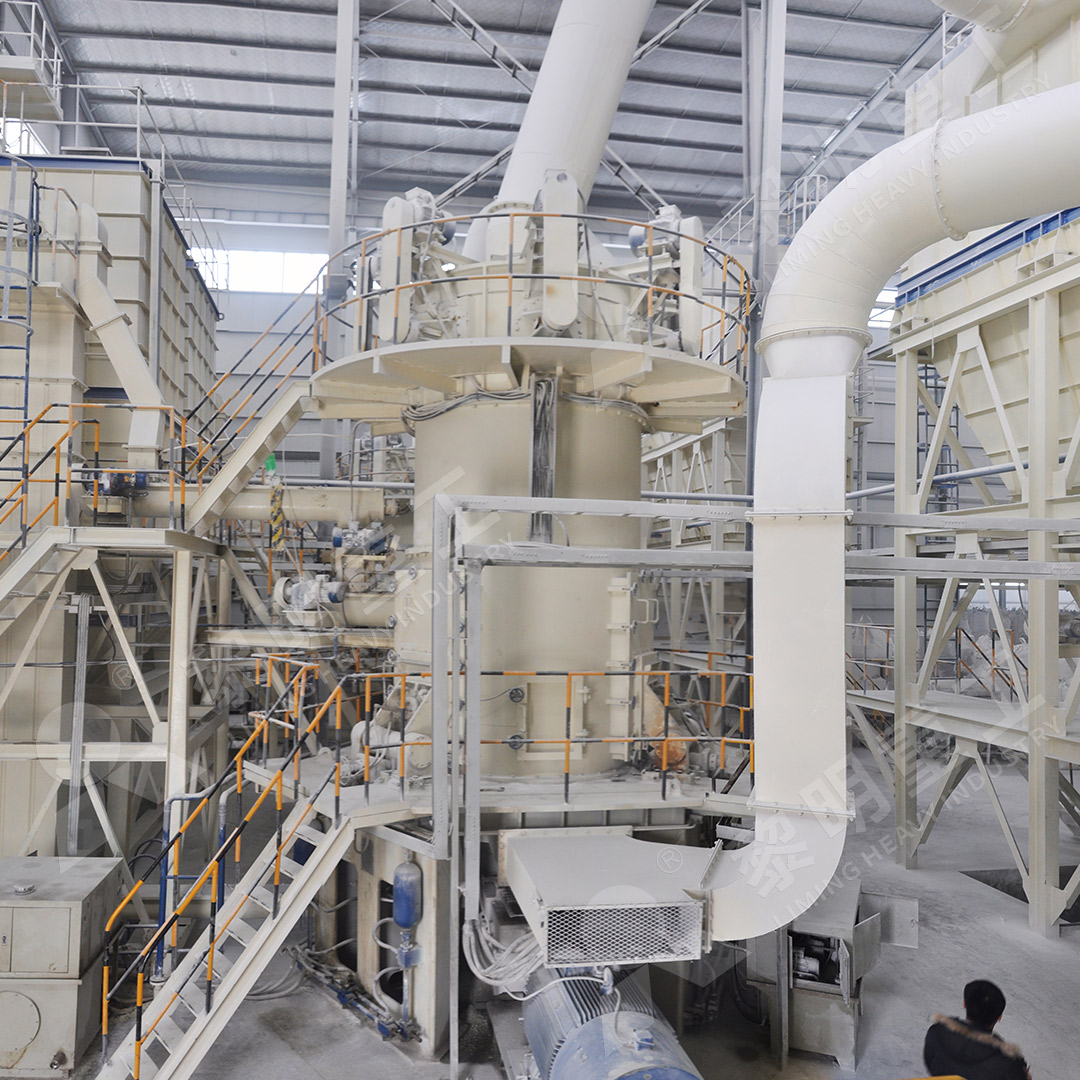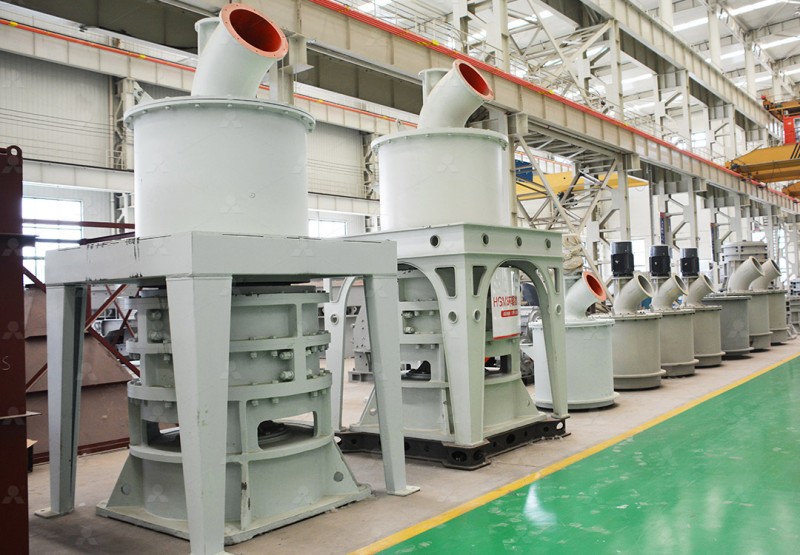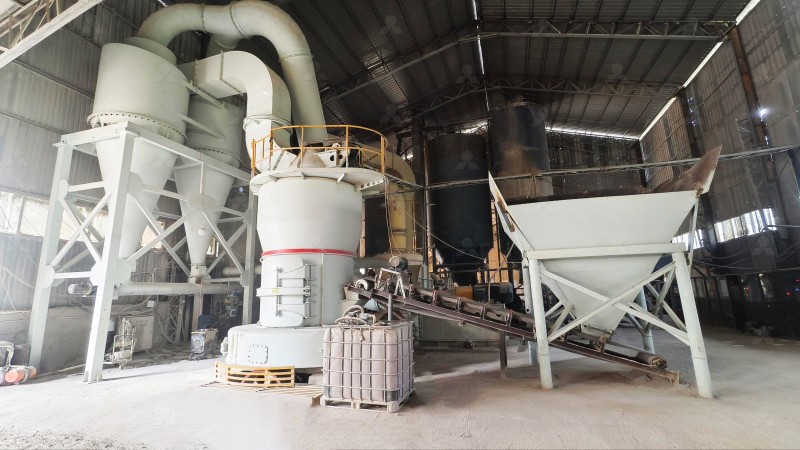Limestone Powder Vertical Roller Mill: Key Features and Applications
Limestone Powder Vertical Roller Mill: Key Features and Applications
In modern industrial processing, the production of high-quality limestone powder demands advanced milling technology that combines efficiency, precision, and environmental responsibility. Vertical Roller Mills (VRMs) have emerged as the premier solution for limestone grinding applications, offering significant advantages over traditional ball mills and other grinding systems.
The fundamental working principle of vertical roller mills involves material being fed centrally onto the grinding table where it’s crushed between rotating rollers and the stationary grinding track. The ground material is then transported by air to a classifier where oversize particles are separated and returned for further grinding, while the fine product is collected in a baghouse filter.

Key Advantages for Limestone Processing
Vertical roller mills provide distinct benefits specifically for limestone powder production. Their compact design requires significantly less floor space compared to ball mill systems, while their integrated drying capability allows processing of materials with moisture content up to 15-20% without requiring separate drying equipment.
The grinding efficiency of VRMs is substantially higher than traditional systems, with energy savings typically ranging from 30-50% compared to ball mills. This is achieved through the bed grinding principle where multiple layers of material particles are crushed against each other between the rollers and grinding table, rather than through impact alone.
Specialized Solutions for Ultra-Fine Applications
For operations requiring ultra-fine limestone powder with precise particle size distribution, our MW Ultrafine Grinding Mill represents the pinnacle of grinding technology. This advanced system processes materials with input sizes up to 20 mm and delivers production capacities ranging from 0.5 to 25 tons per hour.
The MW series stands out with its ability to produce powders with fineness adjustable between 325-2500 meshes, achieving remarkable screening rates of d97≤5μm in a single pass. The innovative design eliminates rolling bearings and screws within the grinding chamber, significantly reducing maintenance concerns and potential contamination risks.

Environmental and Operational Benefits
Modern vertical roller mills incorporate comprehensive environmental protection features. The MW Ultrafine Grinding Mill, for instance, includes an efficient pulse dust collector and muffler system that effectively contains dust and reduces operational noise. The entire production process operates under negative pressure, preventing dust escape and ensuring compliance with stringent environmental standards.
Operational reliability is enhanced through digitalized processing of components, with tens of lines of numerical control machine tools ensuring high precision manufacturing, particularly for core components. This manufacturing precision translates to longer service life and more consistent performance in demanding industrial environments.
Diverse Industrial Applications
Limestone powder produced through vertical roller milling finds applications across numerous industries. In construction, it serves as a key component in cement production and as a filler in various building materials. The chemical industry utilizes high-purity limestone powder in processes ranging from flue gas desulfurization to the production of calcium-based compounds.
Additional applications include use as fillers in plastics, paints, and coatings, where the controlled particle size distribution and high whiteness are critical quality parameters. The food and pharmaceutical industries employ specially processed limestone powder as calcium supplements and antacids, requiring the highest standards of purity and consistency.

Frequently Asked Questions
What is the typical energy consumption of a vertical roller mill for limestone grinding?
Vertical roller mills typically consume 30-50% less energy compared to traditional ball mills for equivalent production output, with specific consumption ranging from 15-45 kWh/t depending on product fineness.
Can vertical roller mills handle moist limestone feedstock?
Yes, most modern VRMs can process limestone with moisture content up to 15-20% by integrating hot gas generators that dry the material during the grinding process.
What particle size distribution can be achieved with the MW Ultrafine Grinding Mill?
The MW series can produce limestone powder with fineness adjustable between 325-2500 meshes, with the capability to achieve d97≤5μm in a single classification pass.
How does the maintenance requirement compare to traditional grinding systems?
Vertical roller mills generally require less maintenance than ball mills, with wear parts typically lasting 6,000-8,000 operating hours. The absence of rolling bearings in the grinding chamber of the MW series further reduces maintenance needs.
What environmental controls are integrated into modern vertical roller mills?
Contemporary systems include pulse jet baghouse filters with efficiency exceeding 99.9%, noise reduction enclosures, and fully enclosed negative pressure operation to prevent dust emissions.
